Shanghai International Eyewear Exhibition (Shanghai Eyewear Exhibition, International Eyewear Exhibition) is one of the largest and officially recognized international eyewear industry and trade exhibitions in China, and is also an international eyewear exhibition featuring famous brands in Asia.
The Shanghai International Eyewear Exhibition (Shanghai Eyewear Exhibition, International Eyewear Exhibition) was held in all four exhibition halls within the Shanghai World Expo Exhibition Hall. The exhibition venue is the original site of the 2010 Shanghai World Expo, which is the center of Shanghai and the hot spot of people, occupying the advantages of geographical advantages and complete facilities.
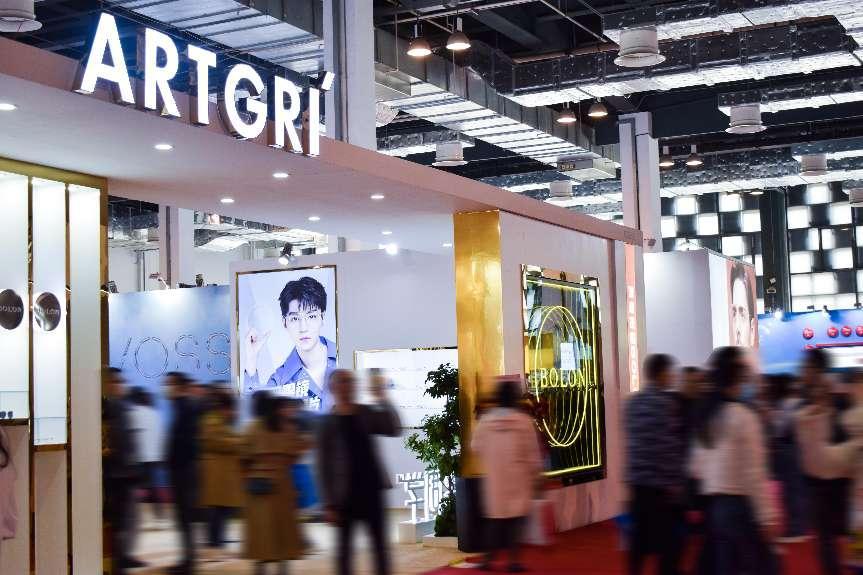
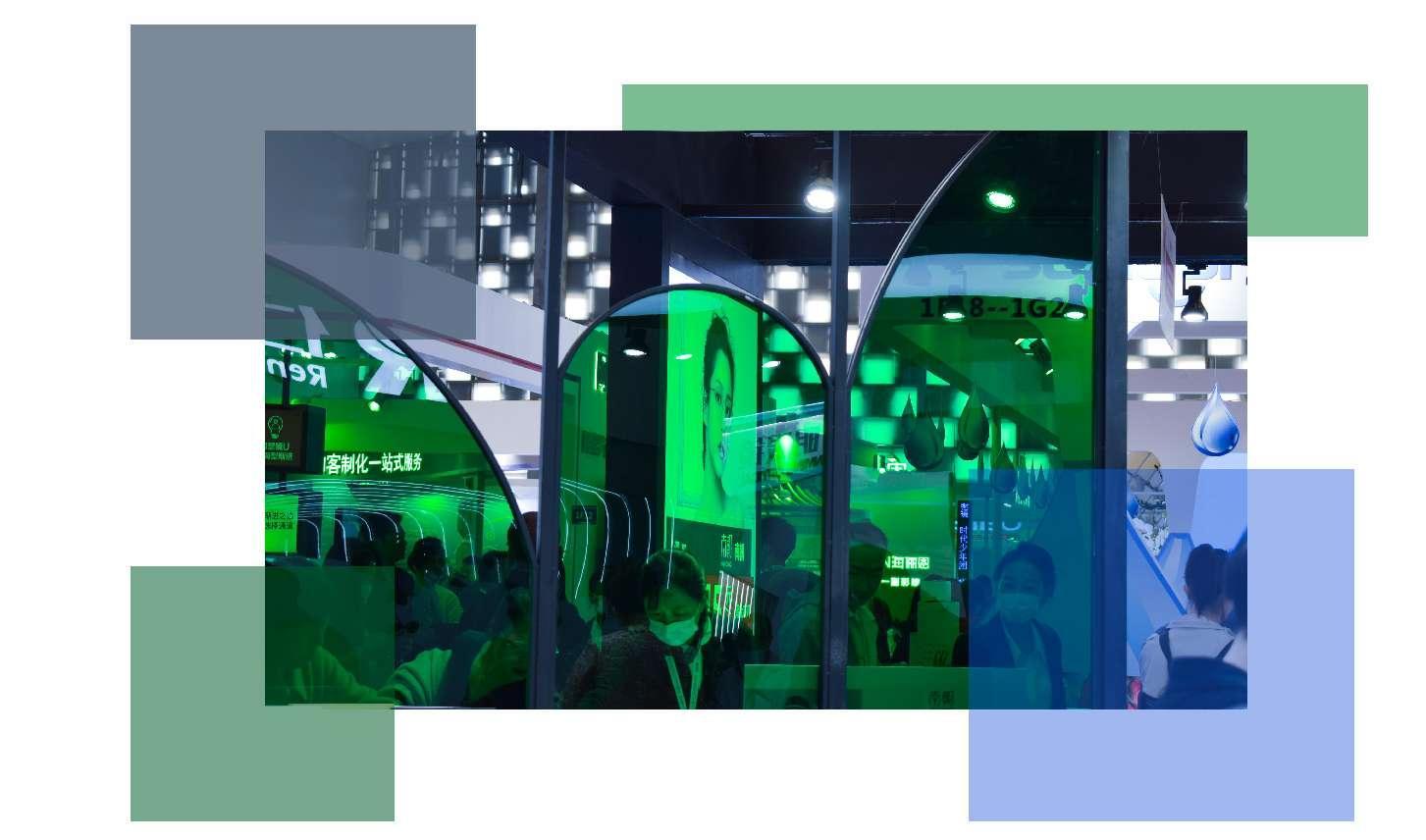
Among them, Hall 2 is the international fashion brand hall, while Hall 1, 3 and 4 accommodate China's outstanding eyewear companies. In order to more effectively promote China's first-class eyewear design concepts and innovative products, the organizer will set up a special exhibition area of "Designer works" in the middle hall of the ground floor, and set up Hall 4 as a "boutique hall". In addition, the Shanghai International Eyewear Exhibition (Shanghai Eyewear Exhibition, International Eyewear Exhibition) is also convenient for buyers to order their favorite eyewear products on the spot.
Range of exhibits
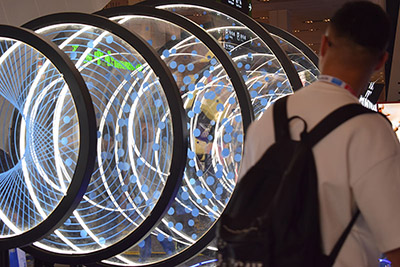
All kinds of mirrors: Spectacle frames, sunglasses, lenses, contact lenses, 3D glasses, digital lenses, ophthalmic equipment, glasses and lens production machinery, glasses parts and accessories, eyeglass raw materials, molds, eye care products, lens and contact lens cleaning solution, eyeglass cases, ophthalmic medical instruments, ophthalmic products, eyeglass factory supplies, ophthalmic lenses, amblyopia testing and correction equipment, related scientific and technical journals Objects and exhibitions, eyewear industry associations, etc.
Special tools for glasses: glasses manufacturing equipment, optometry equipment and equipment, raw and auxiliary materials for glasses, contact lenses and glasses care products
Surface treatment and finishing technology: raw materials and equipment, coating equipment and auxiliary products, environmental protection, safety and protection equipment, coating products
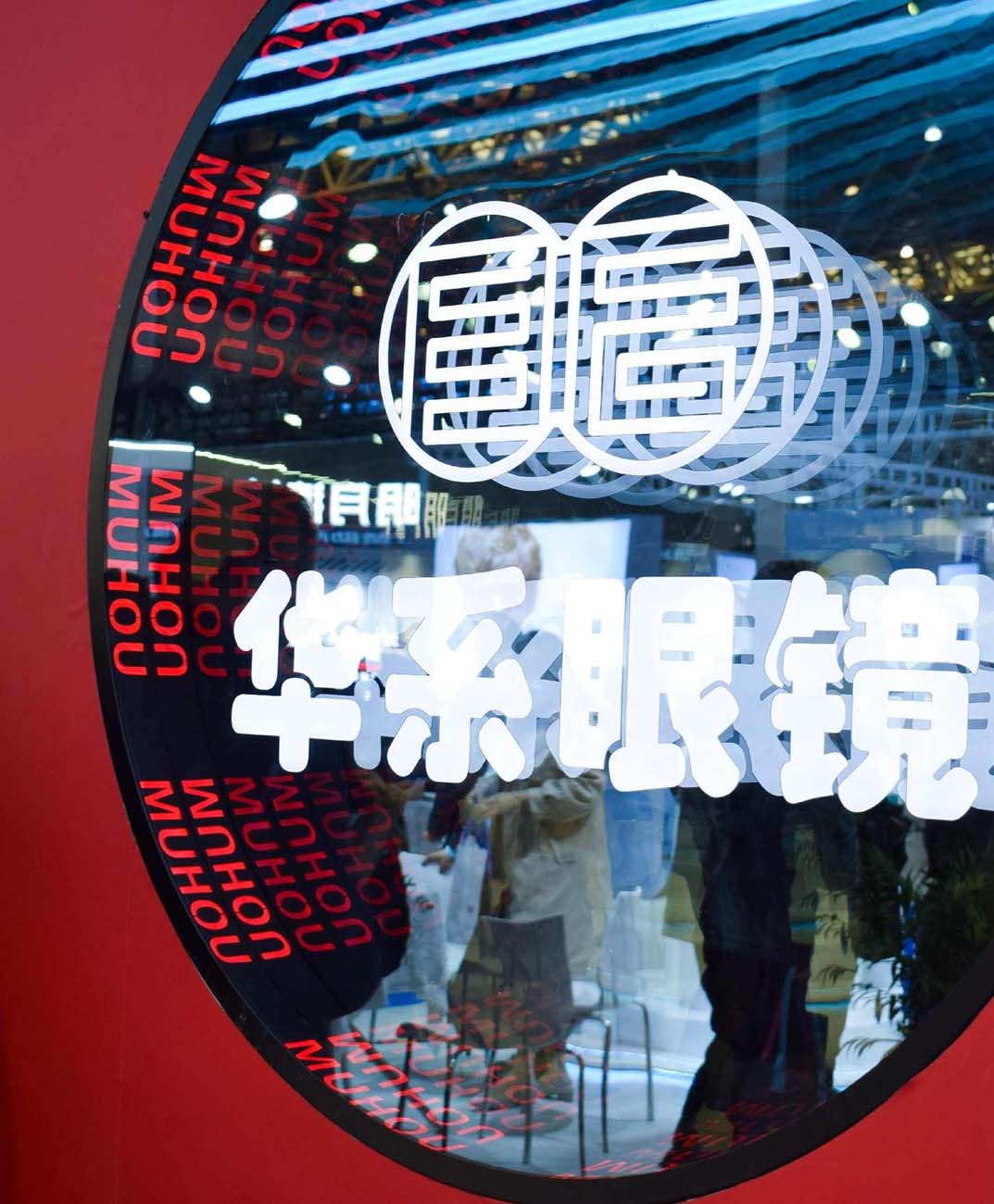
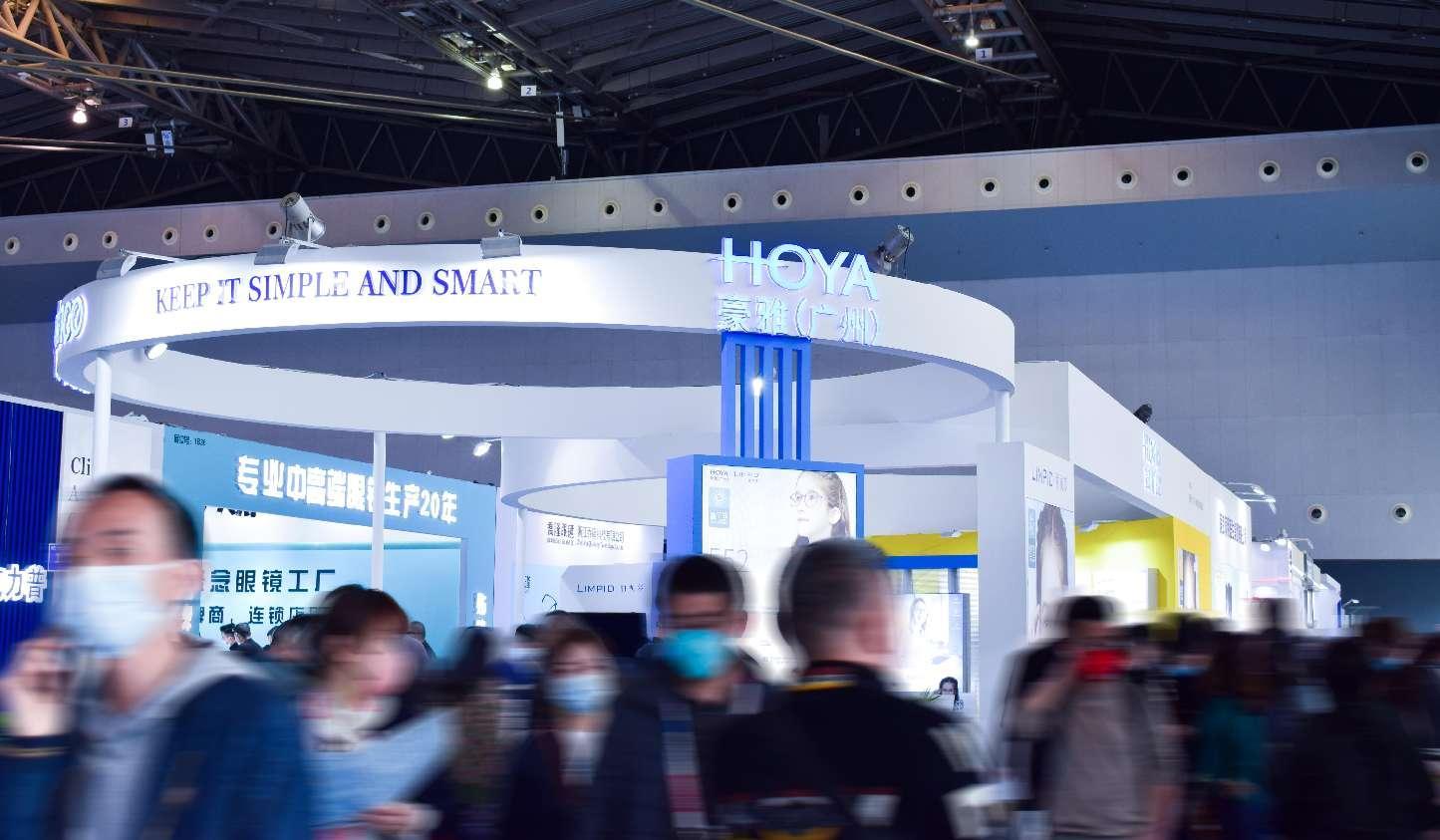
This exhibition has 758 exhibitors, including 158 international exhibitors from 18 countries and regions around the world. Among them, there are more than 20 "new faces" in the International museum, accounting for about 12%; There are nearly 80 new exhibitors in the domestic pavilion, accounting for 15% of the total. New faces and old friends, happy gathering!
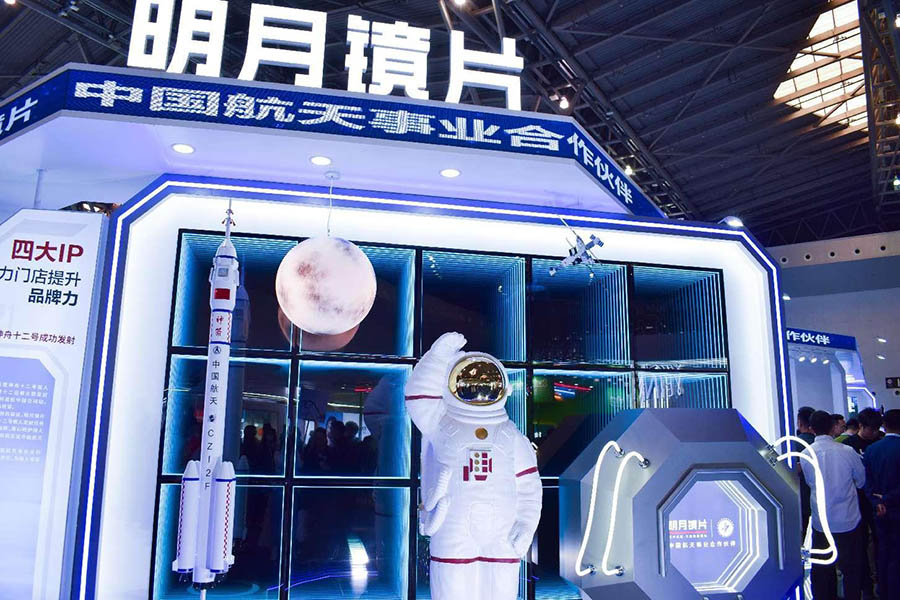
With an exhibition area of more than 70,000 square meters, more than 10 types of advanced products and technological achievements such as sunglasses, optical mirrors, eye lenses, instruments and equipment, peripheral products and software systems are fully displayed. Elaborately designed "Future Vision" theme installations and time-card locations are all over the Expo Exhibition Center, becoming a weather vane for people.
During the 3-day exhibition, the association and the participating enterprises held nearly 30 activities of different scales during the same period, involving the latest progress in myopia prevention and control, myopia prevention and control policy interpretation, national visual health, frame and lens brand new release and many other topics, rich and detailed content, to help visitors enjoy one-stop understanding of the cutting-edge technology and industry development trend of optometry.
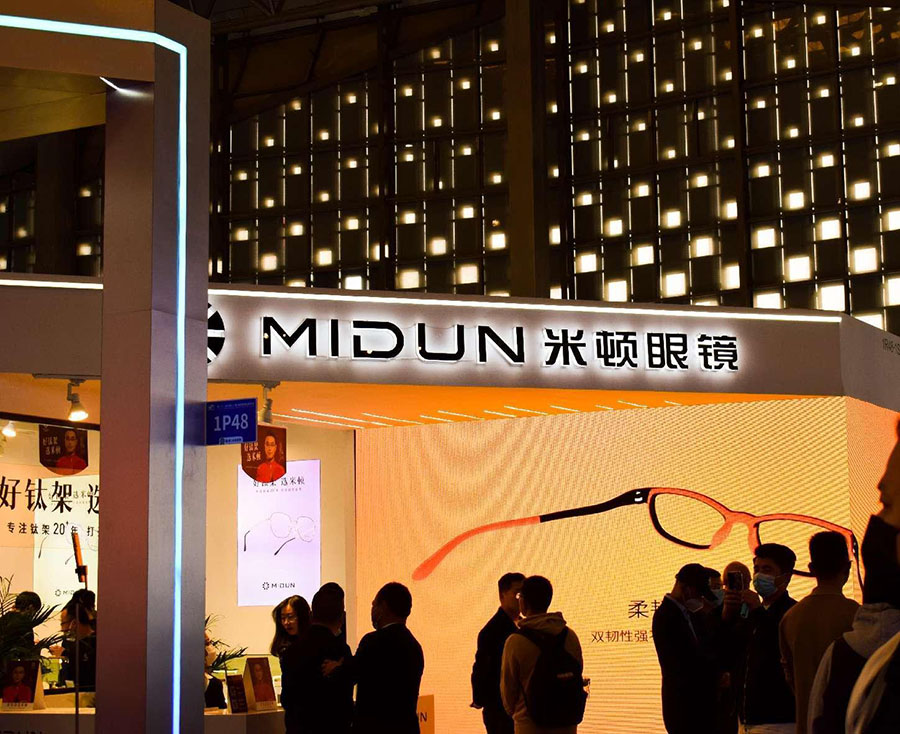
Many domestic and foreign resin lens companies participated in the exhibition.
Resin lens is a kind of lens made of organic materials, the inside is a polymer chain structure, connected and three-dimensional network structure, the intermolecular structure is relatively relaxed, and the space between the molecular chains can produce relative displacement. The light transmittance is 84%-90%, the light transmittance is good, and the optical resin lens has strong impact resistance.
Resin lens is a kind of organic material, the interior is a polymer chain structure, connected and three-dimensional network structure, the intermolecular structure is relatively relaxed, and the space between the molecular chains can produce relative displacement. The light transmittance is 84%-90%, the light transmittance is good, and the optical resin lens has strong impact resistance.

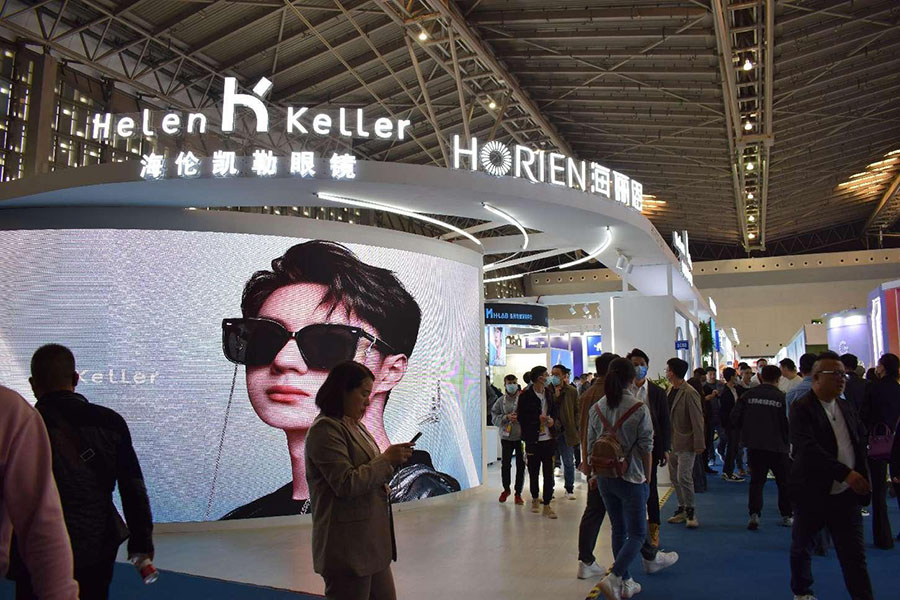
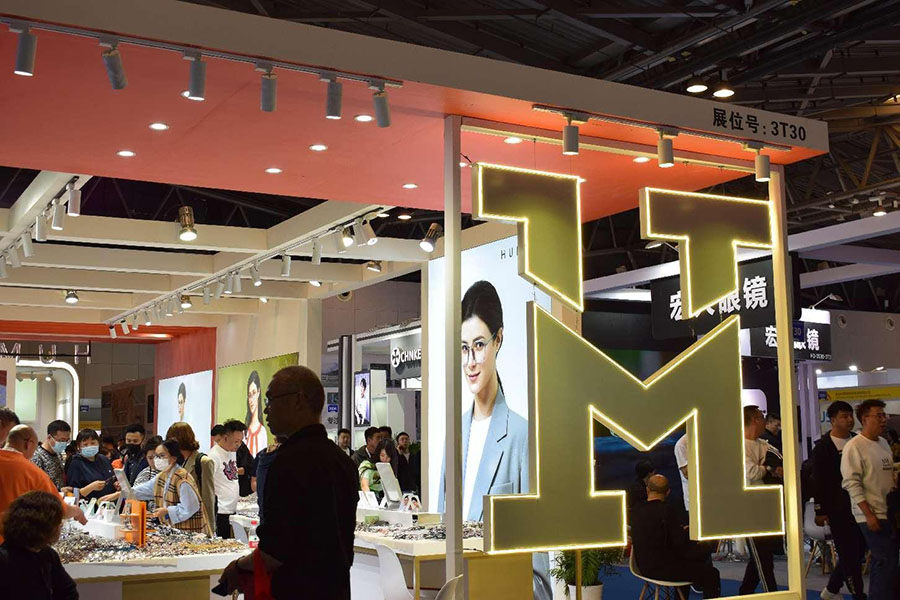
Resin lens is a kind of optical lens made of resin. There are many kinds of materials, and compared with glass lenses, it has its unique advantages:
1. Light. General resin lenses are 0.83-1.5, and optical glass 2.27 ~ 5.95.
2, strong impact resistance. The impact resistance of resin lenses is generally 8 ~ 10kg/cm2, which is several times that of glass, so it is not easy to break, safe and durable.
3, good light transmission. In the visible region, the transmittance of resin lens is similar to that of glass. Infrared region, slightly higher than glass; In the ultraviolet region, the transmittance decreases as the wavelength decreases, and light with a wavelength less than 0.3um is almost completely absorbed.
4, low cost. Injection molding lenses, only need to manufacture a precise mold, can be mass produced, saving processing costs and time.
5, can meet special needs. For example, the production of aspherical lenses is not difficult, and glass lenses are difficult to do.
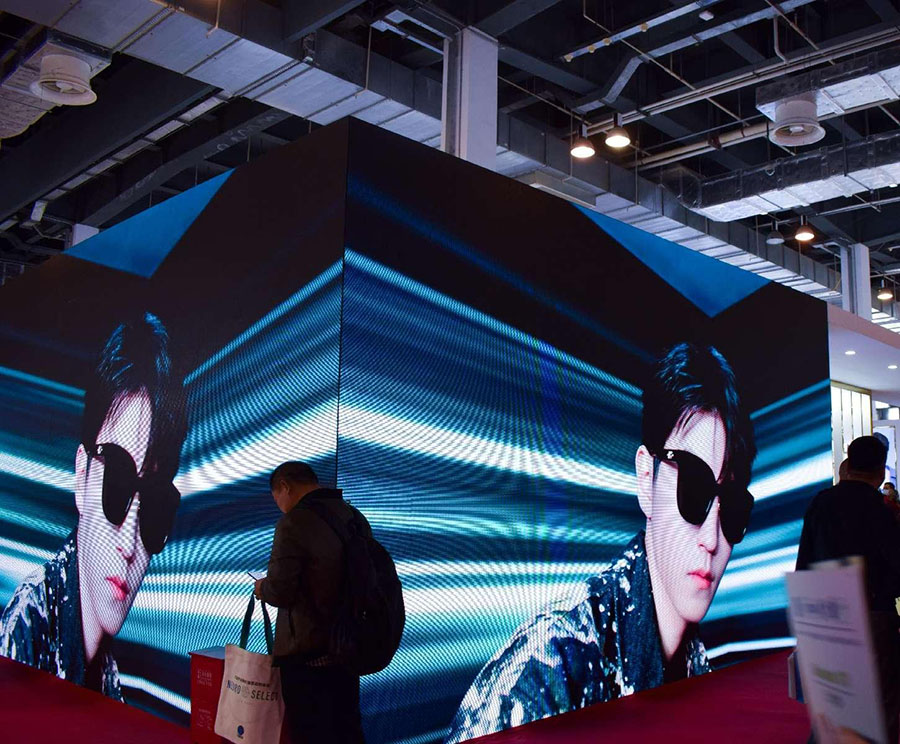
Argument
Folded refractive index
It is the sine ratio of the transmitted light Angle of the lens to the incident light and the incident light Angle. Its value is generally between 1.49 and 1.74. At the same degree, the higher the refractive index, the thinner the lens, but the higher the refractive index of the material, the more severe its dispersion.
Folding resistance to scratches
Refers to the degree of damage to the light transmittance of the lens surface under the action of external forces. The scratch of the lens is an important factor that affects the service life and visual effect of the lens. The commonly used friction fog value (Hs) in China indicates that its value is generally between 0.2-4.5, and the lower the better. The BAYER method is commonly used in foreign countries, and its value is between 0.8-4, the higher the better. Usually referred to as hardened resin lenses, scratch resistance is better than the general resin lenses.
Folding UV cutoff rate
Also known as UV value, it is an important indicator to evaluate the effective blocking of ultraviolet radiation of the lens. Its value must be greater than 315nm, generally greater than 350nm and less than 400nm. The UV400 lens, which is often heard in optical stores, can effectively block ultraviolet radiation. In addition, it is also possible to add radiation protection film to the resin lens.
Folding light transmittance
The ratio of the amount of light projected by the lens to the amount of light incident. The higher the transmittance, the clearer the lens.
Folded abbe number
It is used to express the inverse proportion index of the dispersion ability of transparent substances, and can be used as a reference to the resolution of the dry color of the visible light of the lens. Its value is between 32 and 60, and the higher the Abbe number of the lens, the less distortion.
Folding resistance to impact
Refers to the mechanical strength of the lens to withstand the impact. The impact resistance of resin lenses is stronger than that of glass lenses, and even some resin lenses are unbreakable.
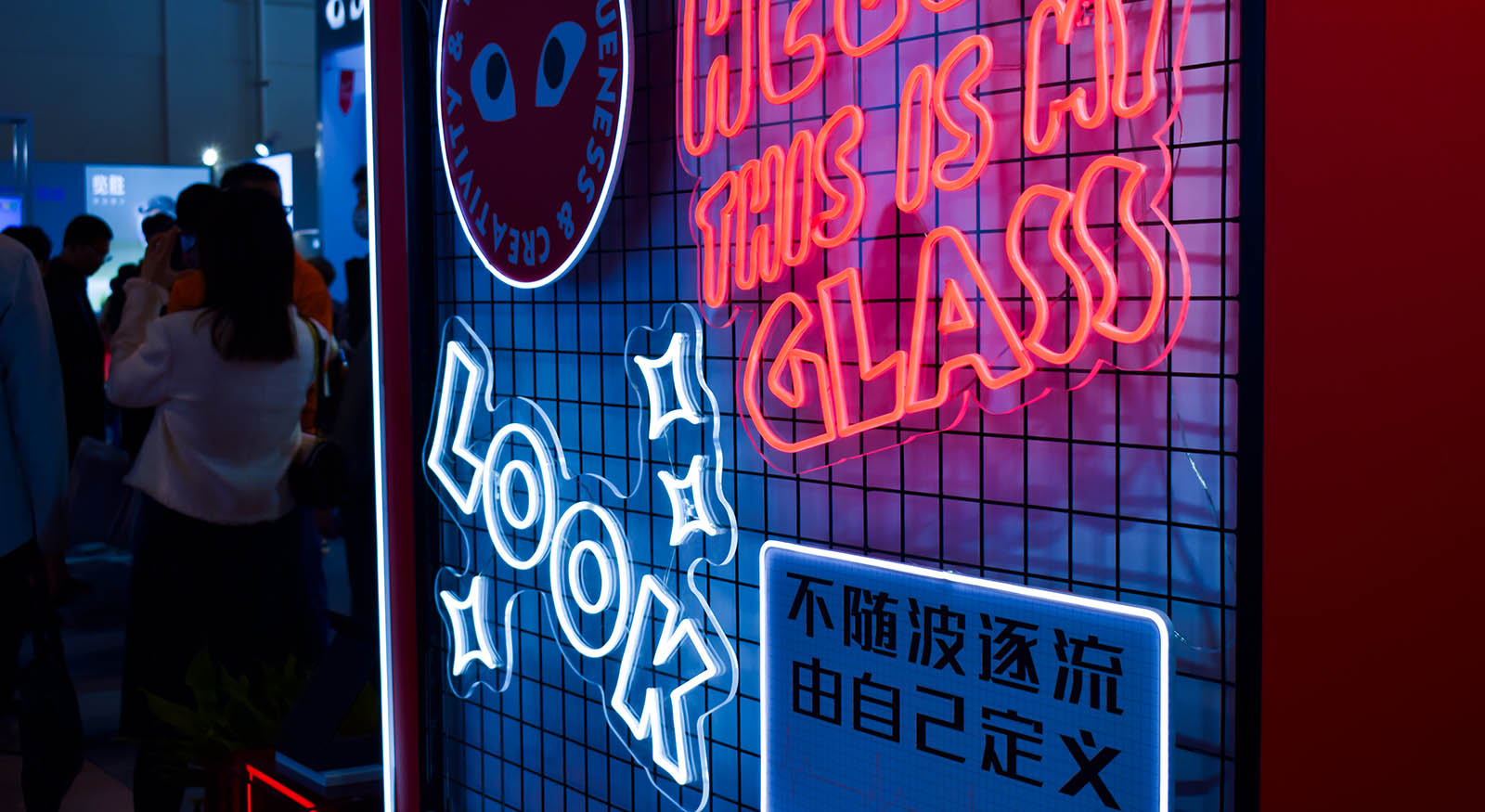
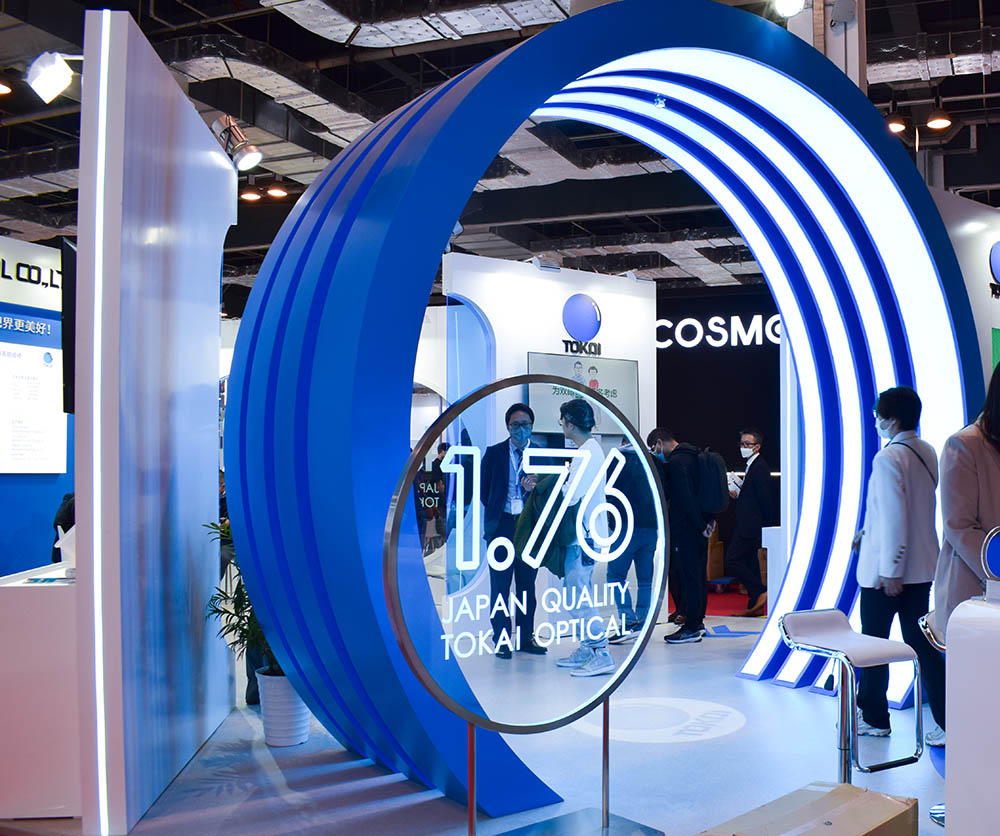
There are still many benefits of resin lenses, otherwise it would not be the most used lens now. Resin lenses can also be coated, the plasticity is relatively strong, much better than other lenses, but the quality of resin lenses is still very different, so when we match glasses, we still have to choose carefully, so as to choose the right glasses for us.
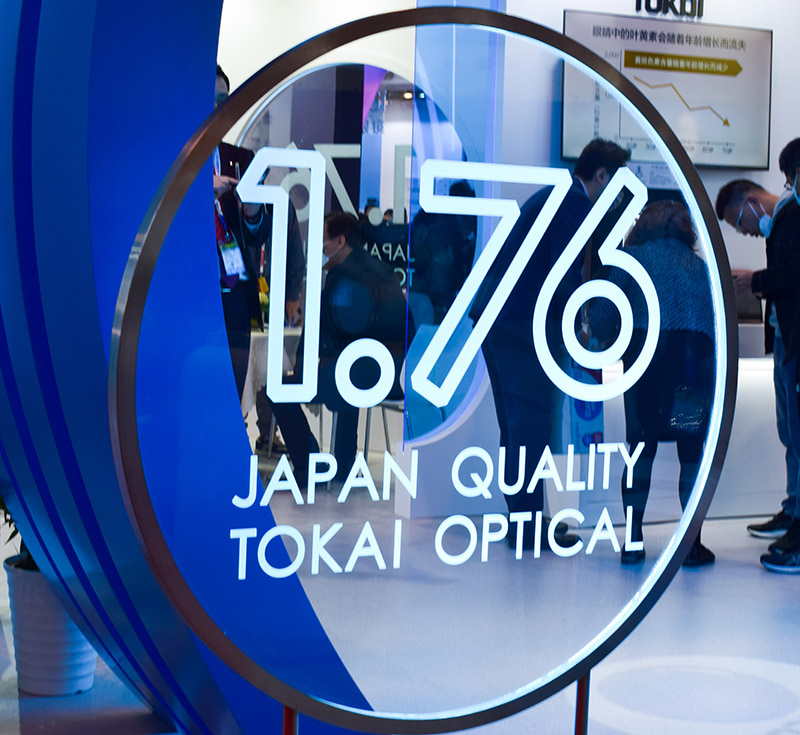
Post time: Aug-17-2023

